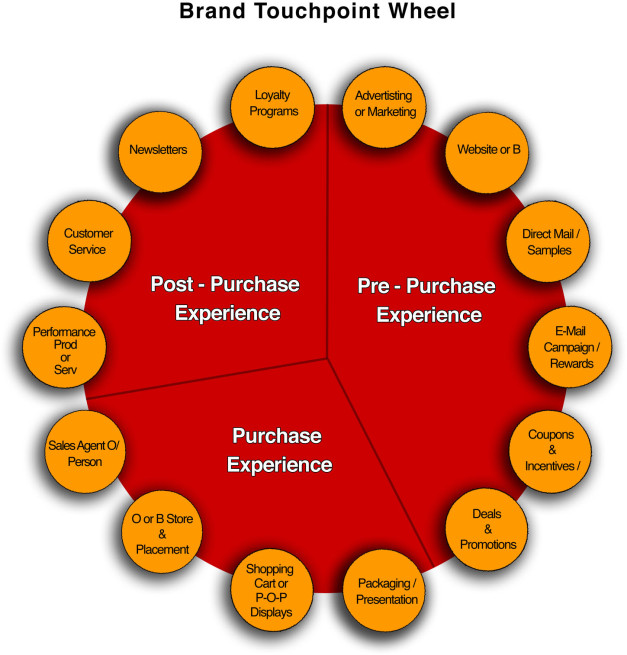
Ensure that all customer touchpoints are branded (courtesy of Marketing Brainstorm)
You’ve probably heard variations of these conversations in your own organisation:
“Our branding sucks! Let’s change our logo and splash it all over the place.”

Ensure that all customer touchpoints are branded (courtesy of Marketing Brainstorm)
You’ve probably heard variations of these conversations in your own organisation:
“Our branding sucks! Let’s change our logo and splash it all over the place.”

What can you do to transform the world through the social media? Is there a step-by-step way to drive social change?
In the words of former US President Barack Obama, “Yes We Can!” The answer lies in the Dragonfly Effect.

Not everybody can brand it like Bieber (courtesy of Entertainment Earth)
Brand extensions and brand stretching are commonly used by companies wanting to expand into new product categories. According to this source, they are defined as follows:
“Brand extensions refers to the use of a successful brand name to launch new or modified products in a same broad market“ while “brand stretching refers to the use of an established brand name for products in unrelated markets“.

Courtesy of Lenovo
Anybody following the global technology market would know how brutal it is. Battles for distribution channels, platform acceptance, supply chain efficiencies, and brand leadership have led to the spilling of blood on both Wall Street and Main Street. This has led to companies merging, being acquired, ousting their CEOs, or stopping their product lines altogether in desperate bids to survive and thrive.
Against such a backdrop, PC companies can ill afford to focus purely on features and benefits when marketing their electronic wares. They need to connect more deeply and resonate emotionally with their target audiences. Cool designs, functional specifications, and state-of-the-art features can be so easily copied that PC makers need to dig deeper.

Good storytelling helps to sustain consumer interest (Universal Studios Singapore’s Madagascar Crate Ride)
One of the greatest challenges faced by theme parks, zoos, museums, and other visitor attractions is that of getting one’s visitors to keep returning. While adding new rides, exhibits and enclosures can help to draw repeat patronage, their prohibitively high costs make such strategies unfeasible over the short term.
What then should one do to renew one’s product and keep guests coming back?

Courtesy of Ocean Park website
In a leisure world dominated by American brands like Disney and Universal Studios, Ocean Park has distinguished itself year after year.
Thanks to my colleagues from the Association of Singapore Attractions (ASA), I had the privilege to learn how Hong Kong’s Ocean Park managed to hold its ground against HK Disneyland.

Courtesy of Poverty Project Salt Lake City
In its simplest and most basic form, there are four things that we need to take note of when rolling out any marketing strategy. This can be represented by the acronym TART as a yummy mnemonic device.
Target Customers
Have you noticed how businesses, like humans, tend to adopt a herd mentality? Some examples:
– Opening and closing hours of retail shops (normally 10 am to 10 pm, with extended hours only during festive breaks)

Courtesy of Rentoid
In an age where anything and everything is trending towards FREE, companies face many increasingly thorny dilemmas on the issue of pricing. What should one charge in order to make a profitable and sustainable living? How can one stand out from other similar businesses using price as a lever? Is there a trade-off between the number of users/subscribers/fans and actual paying customers?
Answering these questions isn’t easy. One can either choose to go with one’s gut (ala Malcolm Gladwell’s the Law of Thin Slices) or perhaps embrace a more methodical approach.
The latest buzzword in marketing – especially in online circles – is gaming (or more accurately game mechanics). To some, it has become the new viral, overtaking viral videos as the holy grail of consumer engagement and interaction.
Almost everybody online these days are raving about how game mechanics can change the future of company-customer interactions.